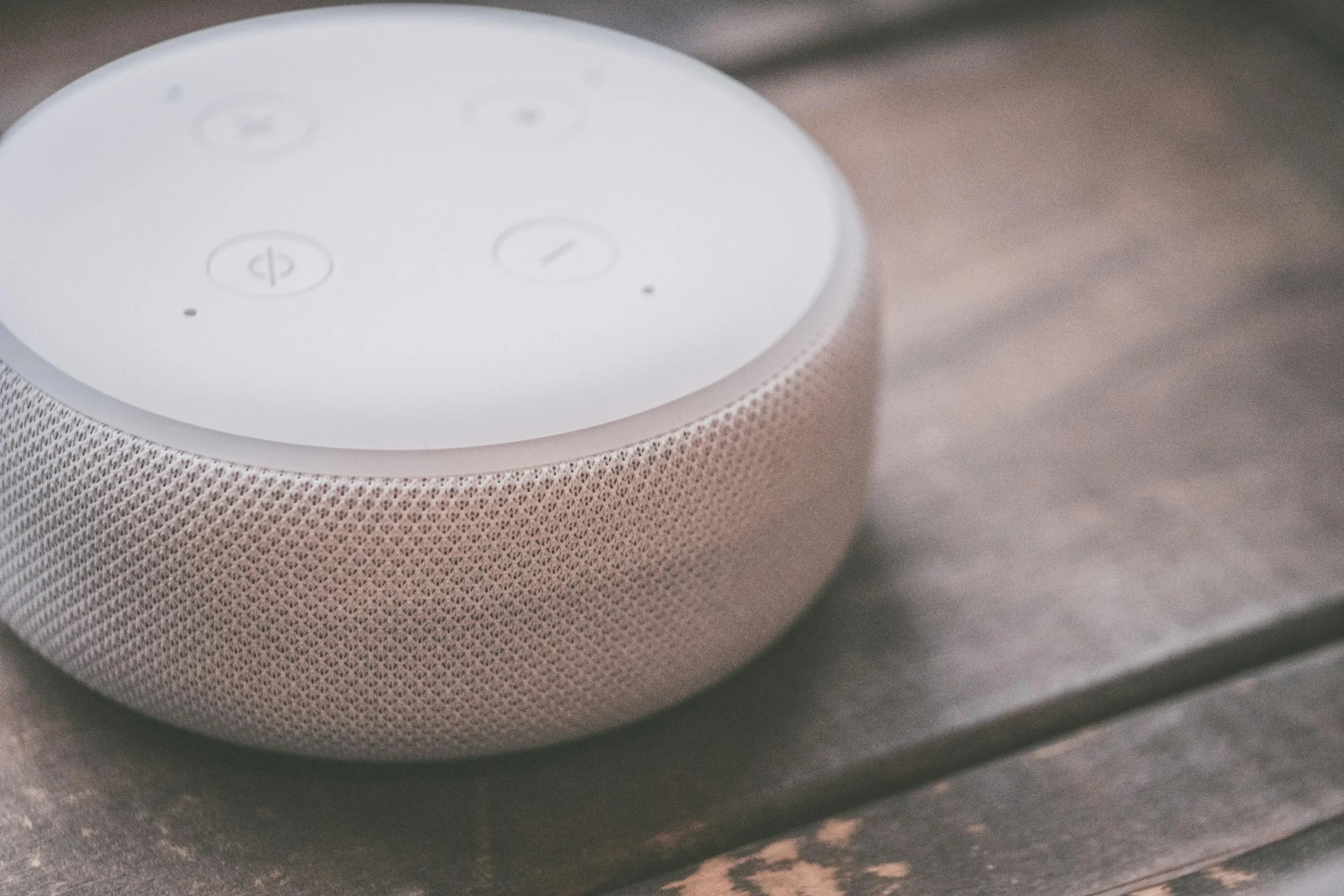Alright, settle down, settle down. Before we delve into today’s absolute digital disaster, I need to confess something. Brenda, my niece (bless her cotton socks, though she lives in a constant state of technological bewilderment), insisted I get one of these “smartphones.” She said, “Karen, you can keep up with the family! See pictures of the grandchildren! It’s so easy!” Well, let me tell you, “easy” is not the word I would use. “Exasperating,” “confusing,” and “a breeding ground for sheer nonsense” are more accurate.
Today, we’re tackling the very thing that seems to have swallowed half the population whole: the digital deluge and social media shenanigans. My heavens, it’s a constant stream of curated nonsense, manufactured joy, and a pervasive sense of unreality. It’s turning everyone into self-obsessed little automatons, tapping away at their glowing rectangles, completely oblivious to the real world. And don’t even get me started on these “influencers” and how celebrities exploit these platforms. It’s a farce, I tell you. A pure, unadulterated affront to my common sense and a threat to genuine human interaction! Welcome back to The Manager’s Desk: A Daily Dose of Disappointment.
The “Influencer” Insanity: Why Are We Listening to Them?!
Where do I even begin with these so-called “influencers”? Brenda tried to explain it to me, but I’m still utterly bewildered. Apparently, they get paid to post pictures of themselves holding up a packet of tea or posing with a new type of fancy moisturizer. And people follow them! For what? To watch someone else live their utterly mundane life, only with better lighting and more filters? It’s mind-boggling! They act like experts on everything from skincare to financial advice, despite having no discernible qualifications other than a good camera and a large following. It’s a complete devaluation of genuine expertise, I tell you. A total sham!
I saw one young woman (bless her heart, she needs a proper meal) promoting a “detox tea” that looked suspiciously like dirty dishwater. And she was smiling as if she’d just discovered the cure for all ailments! People buy this stuff because some unqualified “influencer” with a pretty face tells them to. Whatever happened to consulting a doctor or a nutritionist? To relying on actual science and proven facts, not just someone’s filtered opinion? It’s irresponsible, that’s what it is. And dangerous! These people are profiting off gullibility, and it’s a scandal waiting to happen. Someone needs to speak to the manager of this “influencer marketing” industry, because it’s utterly unregulated and frankly, quite dubious.
The Filter Follies: A World of Artifice and Insecurity
And the filters! Oh, the filters! Everyone looks like a porcelain doll with giant eyes and impossibly smooth skin. They put on these digital masks, pretending to be perfect, creating an entirely unrealistic standard for young people. It’s a world of artifice, where no one looks like themselves anymore. You scroll through these “Face-Gram” accounts, and everyone is perpetually tanned, effortlessly beautiful, and always on vacation in some exotic locale. It’s exhausting just looking at it, let alone living up to it!
It breeds insecurity, doesn’t it? Youngsters comparing their perfectly normal, imperfect lives to these curated, airbrushed fantasies. It makes them feel inadequate, when in reality, it’s all just smoke and mirrors. Back in my day, if you wanted to look your best, you put on a bit of rouge and some sensible lipstick. You didn’t transform your entire face with a few taps on a screen. It’s a sad reflection of a society obsessed with superficiality, unable to appreciate genuine beauty or the natural aging process. We’re encouraging a generation to be utterly dissatisfied with who they are, all for the sake of a flattering digital illusion. It’s a tragedy!
The Oversharing Obsession: Too Much Information, Too Little Sense
And the oversharing! Oh, the sheer volume of personal information these people volunteer, especially the celebrities. Their “wellness journeys” – which usually involve drinking bizarre green concoctions and doing contortionist yoga poses. Their “mental health struggles” – which, while important, often seem to become another topic for public consumption rather than private healing. Their “morning routines” – as if I care whether they meditate for an hour or do 100 push-ups before their organic, gluten-free, dairy-free, sugar-free breakfast. I just want to know if they’re going to release a decent film, not the intimate details of their digestive system!
Celebrities seem to document every waking moment, every minor ailment, every trivial thought. It’s exhausting for them, I imagine, and utterly tedious for us. It’s like being forced to attend an endless, self-indulgent dinner party where the host never stops talking about themselves. And the drama they create online! Public spats, cryptic messages, “unfollowing” each other as if that’s a newsworthy event. It’s all just for attention, isn’t it? A desperate plea for clicks and “likes” – whatever those are. It’s a complete lack of decorum, that’s what it is. A pure violation of good taste.
The Digital Daze: Lost in the Scroll
But it’s not just the content; it’s the constant engagement with the devices themselves. Everyone’s glued to their little screens, tapping away furiously, completely oblivious to the real world around them. I saw a young man walk straight into a lamppost the other day because he was too busy staring at his phone. Serves him right, I suppose, but it’s a testament to the sheer absurdity of it all. Where’s the eye contact? Where’s the polite conversation? Where’s the simple act of acknowledging another human being’s presence without a glowing rectangle in front of your face? It’s rude, that’s what it is. Just plain rude.
Families sitting at dinner, all staring at their devices. Friends meeting up, but everyone’s more interested in what’s happening on their screen than with the person sitting directly opposite them. It’s isolating, it’s distracting, and it’s making everyone forget how to actually connect with another human being. It’s a sad reflection of a generation that’s lost the ability to truly engage, to look someone in the eye and have a meaningful exchange. It’s all superficial, fragmented, and frankly, quite depressing. And the constant notifications! Bing! Buzz! Beep! It’s enough to drive a sensible person mad! You can’t get a moment’s peace.
The Privacy Predicament: Giving It All Away
And the sheer lack of privacy! People seem utterly blasé about giving away all their personal information, their location, their preferences, their entire lives, to these “apps” and “platforms.” And for what? So they can see more advertisements for things they don’t need? So that giant corporations can track their every move? It’s unsettling, that’s what it is. Back in my day, you kept your private life private. You didn’t broadcast your every thought and action to the entire world.
These companies collect all your data, and then they sell it! And people just accept it! It’s like letting a complete stranger read your diary, and then thanking them for it. The consequences of this oversharing are only just beginning to reveal themselves, and I fear it’s not going to be pretty. Someone needs to speak to the manager of the entire internet and demand some common sense data protection!
The Manager’s Verdict: Disconnect Before You Detach
So, why all this railing against the digital age? Because, my dear readers, it’s eroding the very fabric of genuine human experience. It’s replacing real connection with superficial likes, genuine accomplishment with curated images, and meaningful conversation with fragmented texts. It’s making everyone perpetually distracted, anxious, and utterly self-absorbed.
My earnest plea: Disconnect before you detach. Put down the phone. Look up. Engage with the people around you. Have a real conversation. Read a physical book. Go outside. Experience life without a filter or a screen. It’s liberating, I tell you.
At The Manager’s Desk, we will continue to highlight the absurdity of this digital deluge. We will lament the loss of genuine connection, the rise of superficiality, and the insidious creep of constant distraction. Because if we don’t speak up, who will? Will we just let them turn our entire culture into one giant, narcissistic selfie? Not on my watch!
Now, if you’ll excuse me, I think I heard Brenda mention something about a “viral challenge” involving people dancing awkwardly in public. Honestly, the nerve! I simply must investigate. The sheer audacity of it all! And then I’m turning off this Wi-Fi. It gives me a headache.




